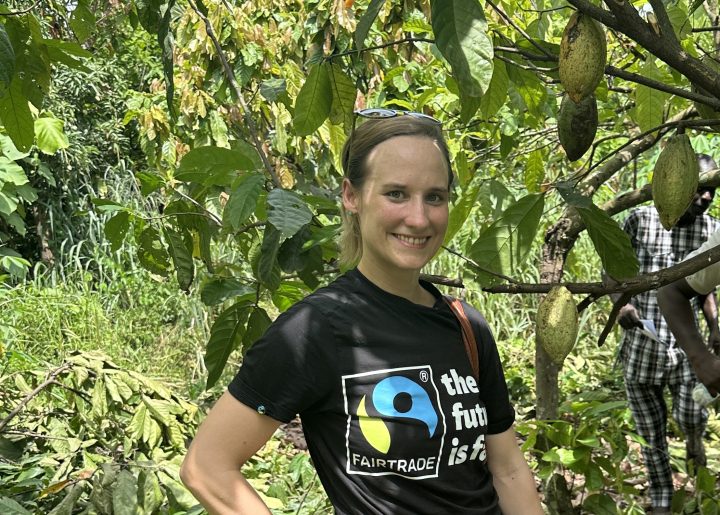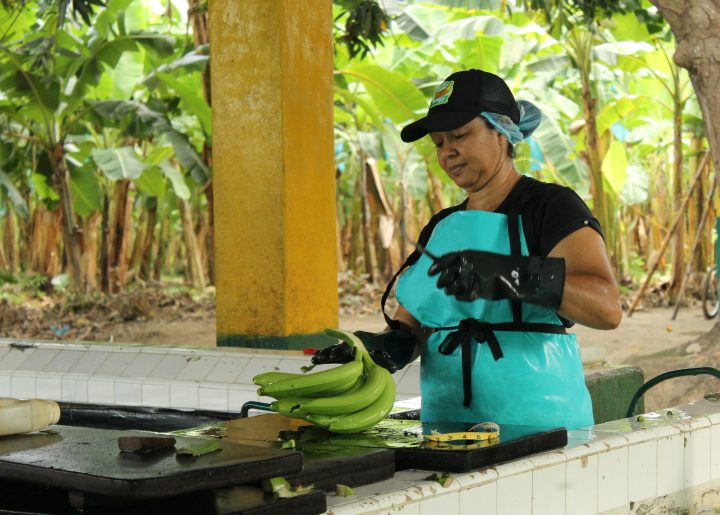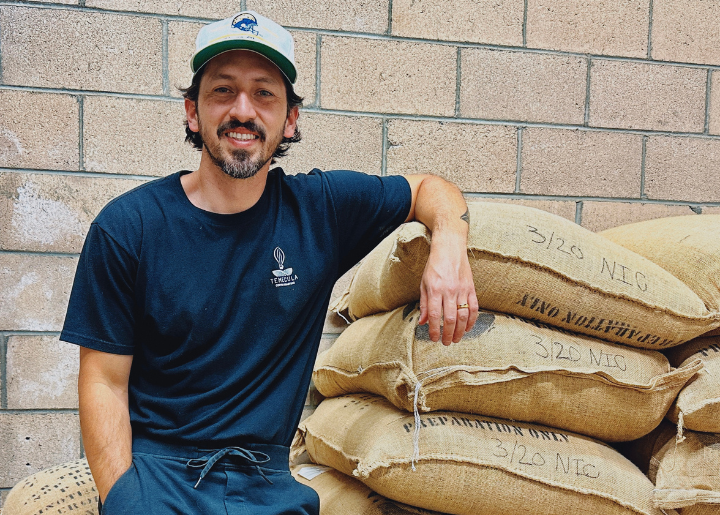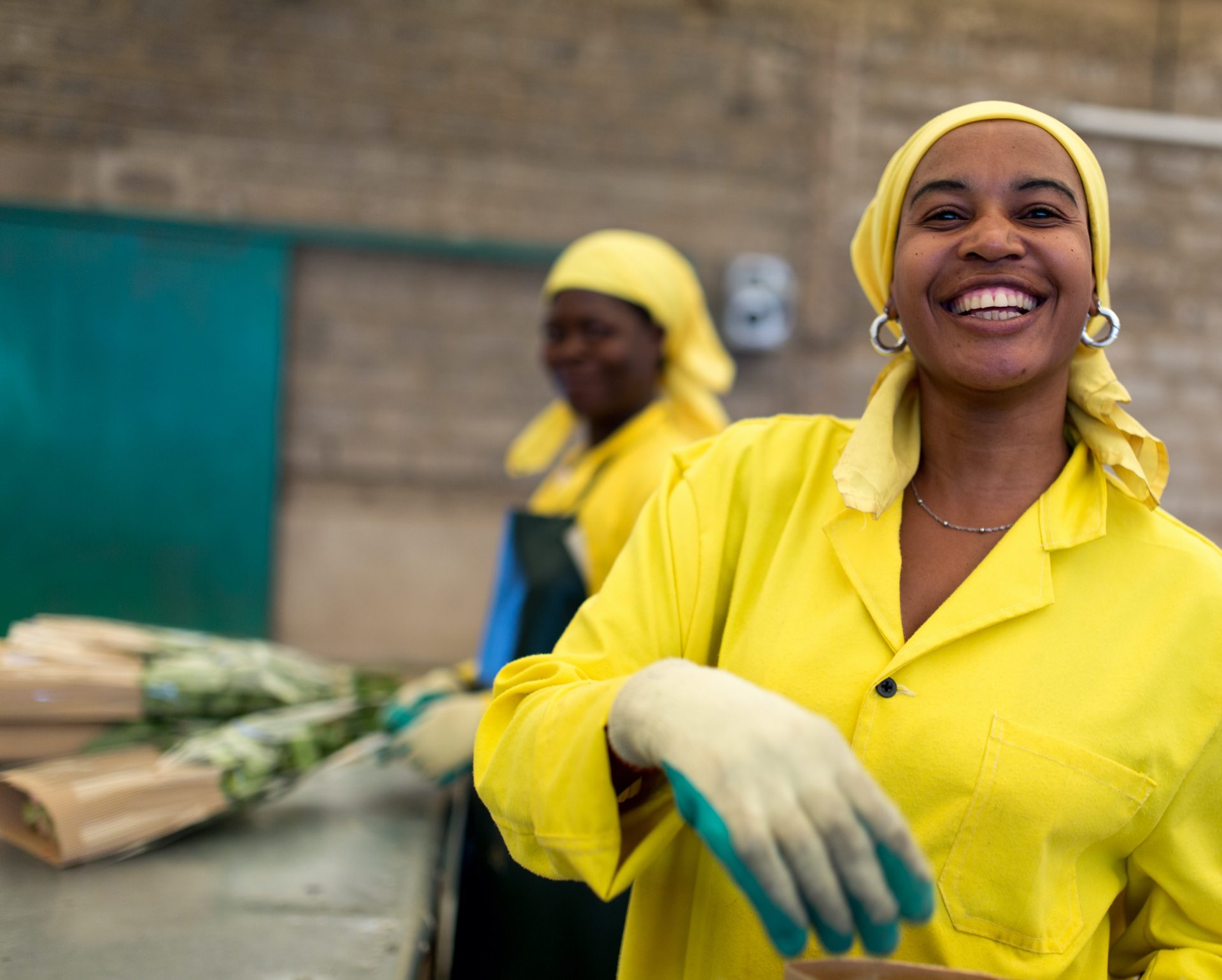Making the Cooperative Connection
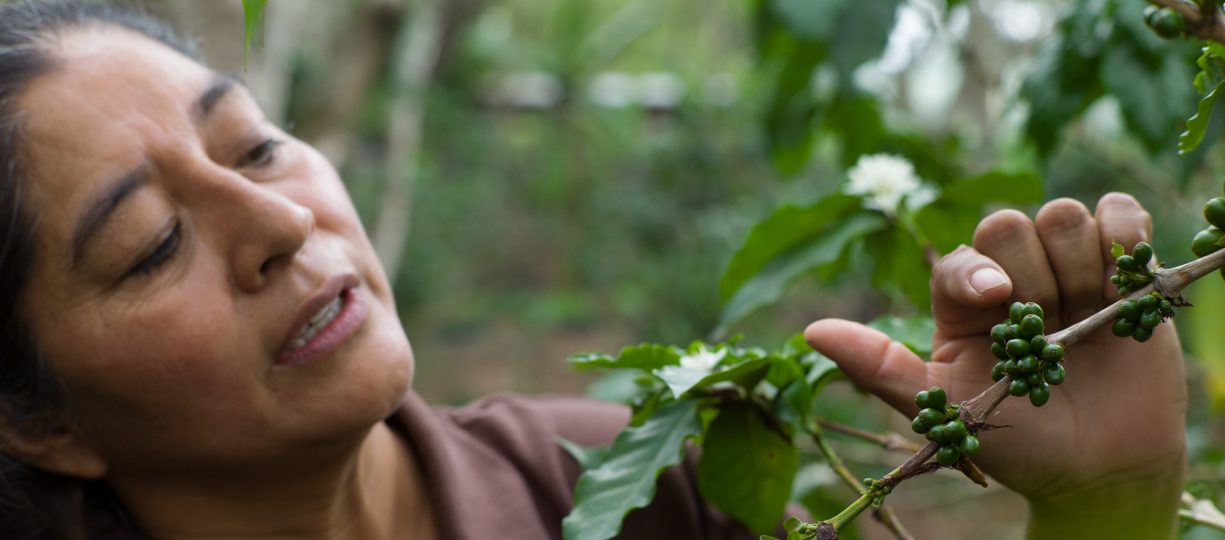
Many farmers in the US, like most Fairtrade farmers, understand the importance of organizing and working together to improve their businesses and find markets. Building successful cooperatives is key.
I remember heading to our local co-op in rural Wisconsin where I grew up to pick up feed for our calves (me at 7 with one of the calves in the photo, right). The old building by the train tracks, the smell of the burlap bags, and a dusty, creaky floor. That was a long time ago, but farmer-owned cooperatives still play a major role in Wisconsin and the US providing extension services and helping farmers bring their product to market.
Currently, there are more than 2,500 local farmer cooperatives across the US and the majority of farmers belong to one or more of them. The idea of empowering farmers through collective organization goes back a long way in the US with “the first recorded dairy and cheese cooperatives were organized in 1810”, according to the UW-Madison Center for Cooperatives.
Beyond the borders of the US, cooperatives have played a key role in helping the small farmers find an edge in the market. Small farmers play an essential role in keeping us all fed, but they are under growing pressure from – among other things – unfettered globalized trade, climate change, land grabs, and conflict. But by organizing themselves, they can have a stronger voice and greater chance to create a better future for themselves.
Collective, democratic empowerment is at the heart of Fairtrade. Franz Van Der Hoff, one of the founders of Fairtrade said…
The best way to put the human back into the globalization process is to look from below, to be democratic, to see where the majority is at.
This begins with smallholders getting organized.
Fairtrade’s approach is rooted in people coming together and building organizations that grow into viable businesses, develop greater bargaining power, and contribute to the fabric of their communities. They do this using Fairtrade Standards and the Premium, two cornerstones of the Fairtrade system.
Fairtrade Standards allow producers and farmers to benchmark their own path toward a more sustainable economy, and social and environmental development. Each organization designs its own development plan, which must be approved by the members of the co-op. The Standards also set the basis for individual empowerment because all members have a voice and vote in the organizational decision-making process, including how the Fairtrade Premium is spent.
The Fairtrade Premium is an extra sum on top of the selling price that farmers and workers invest in projects of their choice. The Premium – globally worth more than $108 million a year – is about more than money. The decision-making process helps foster participation, cooperation and dialogue. The farmer members are the ones who know what’s most needed in their communities. They’re the ones who have to live with the consequences of unfair trade and who will benefit most from a more equitable global system.
Fairtrade’s experience shows that when farmers and workers organize themselves, they can achieve startling results. The COAGRICSAL coffee cooperative in Honduras began with 22 farmers sitting under a fig tree deciding to sell their coffee together in 1994. Now 700 members sell nearly 4,500 tons a year, employ more than 100 staff and benefit 1,500 families. And that story continues among many of the cooperatives among the 1,200 Fairtrade certified producer organizations.
While small farmers in the US may be a long way from Central American coffee farms, they’re connected through a global, inclusive cooperative movement that is slowly but surely empowering small-farming communities to take greater control of their lives and futures.
Topics
We’re in this together
Fairtrade America partners with brands on the journey to certification and beyond. We can help with everything from finding a certified supply chain to marketing your newly certified product.
Get in Touch
